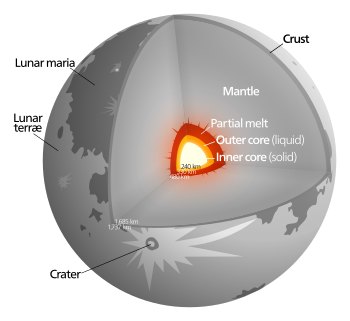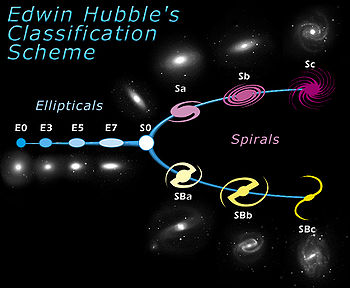For today's post, we are looking at Voyager 2. Our activity was to make a poster showing the mission of one of the planetary space probe. I'll tell you some amazing fast facts before starting our Voyager journey. In this post, it has heaps of information of Voyager 2, some of Voyager 1. Comment down what you have learnt. Have a cool day!! Bye!!
Fast Facts:
- It has taken 40 years since two of the Voyager spacecraft (Voyager 1 and 2) has launched.
- "Mariner Jupiter/Saturn" was Voyager's old name.
- The two spacecraft are launched from the same centre, Cape Canaveral Air Force Station, Florida.
- The target was the gas planets.
History
In 1966,
JPL had planned a Grand Tour for the
outer planets. There was a plan that one of the spacecraft would visit all four outer planets or
gas planets. The navigators planned that on each planet's gravity would push the spacecraft towards the next planet.
NASA approved the Grand Tour in 1971. The mission was called
Mariner Jupiter-Saturn or MJS '77. The mission was calculated to visit only
Jupiter and
Saturn. Still, the JPL's project team wanted to extend the Grand Tour and not to limit the spacecraft's ability.
MJS 1977 obtained the name "Voyager" after JP
L's
John Casani became the project manager in 1976. Also, Casani thought that MJS was an awful name for an explorer and thought of a more typical title.
The Voyager mission launched in 1977. It would become JPL's longest-lived mission.
The First Spacecraft Launched!
Voyager 2
Voyager 2 was the first spacecraft from the Voyager mission. Voyager 2 was launched at August 20, 1977, 10:29 a.m. EDT. Voyager 2 was launched in
Cape Canaveral Air Force Station,
Florida. Voyager 2 is the first spacecraft that visits the four outer planets or gas planets. Well, Voyager 2 is the first spacecraft visiting
Uranus and
Neptune. Voyager 2 had different names before getting the name "Voyager 2",
1977-076A, Mariner Jupiter-Saturn B and 10271.
Spacecraft
Launch Vehicle: Titan IIIE-Centaur (TC-7 / Titan no. 23E / Centaur D-1T)
Spacecraft Mass: 2,080 kg (822 kilograms)
Goals
Both, Voyager 1 and 2 were designed to study the solar system and outer solar system. Voyager 2's targeted the four gas planets, Jupiter, Saturn, Uranus and Neptune. Voyager 2 was designed to find and study the edge of our solar system and beyond it.
Gallery of Voyager 2
I had collected heaps of images that had been taken by Voyager 2. I had found the images by NASA and JPL.
Key Dates
August 20, 1977: Launch in Cape Canaveral Air Force Station, Florida.
July 9, 1979: Jupiter Flyby
August 26, 1981: Saturn Flyby
January 24, 1986: Uranus Flyby
August 25, 1989: Neptune Flyby
 |
| Voyager 1 and 2 in Heliosheath |
Where is Voyager 2?
Voyager 2 is currently in the Heliosheath right now, but Voyager 1 is ahead of Voyager 2 in Interstellar Space.
What I've learnt?
- Voyager 2 launched at August 20, 1977, in Cape Canaveral Air Force Station, Florida.
- It's taken 40 years since the Voyagers launched.
- Voyager 2 is now in the Heliosheath and Voyager 2 is in Interstellar Space.
- Voyager 1 and 2 were targeted for the gas planets.
- On July 9, 1979, Voyager 2 passed Jupiter.
- On August 26, 1981, Voyager 2 passed Saturn.
- On January 24, 1986, Voyager 2 passed Uranus.
- On August 25, 1989, Voyager 2 passed Neptune.
- Voyager 2 was built to discover and study the edge of our Solar System.
- Voyager's old name was Mariner Jupiter/Saturn.
- Voyager 2 was the first spacecraft to visit Uranus and Saturn.




















